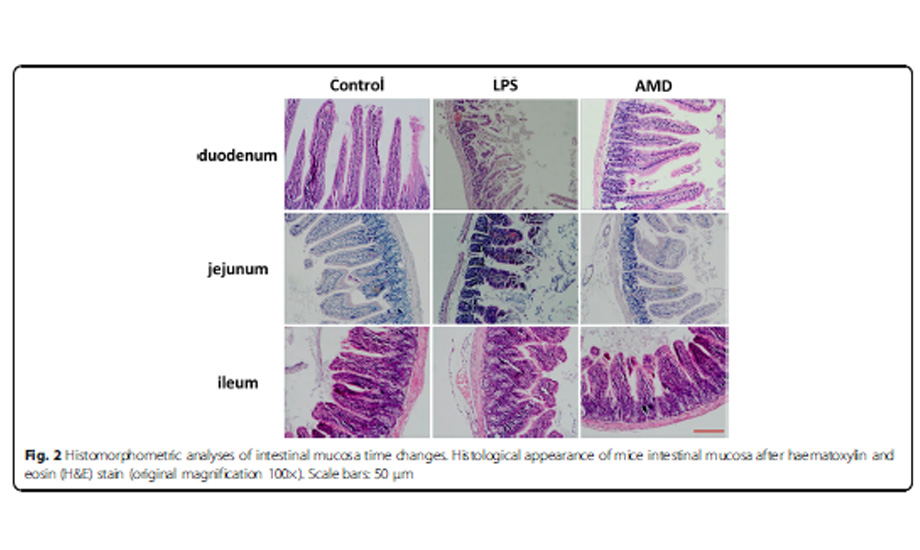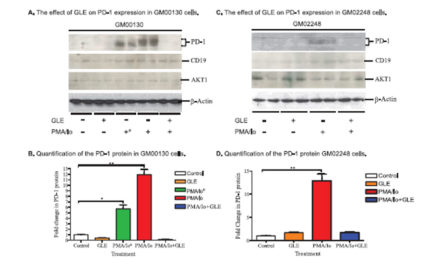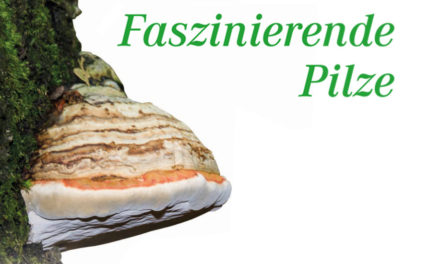Astragalus membranaceus (Fisch.) Bunge repairs intestinal mucosal injury induced by LPS in mice
Yizhe Cui† , Qiuju Wang†, Rui Sun, Li Guo, Mengzhu Wang, Junfeng Jia, Chuang Xu* and Rui Wu*
* Correspondence: xuchuang7175@163.com; fuhewu@126.com
† Yizhe Cui and Qiuju Wang contributed equally to this work.
College of Animal Science and Veterinary Medicine, Heilongjiang Bayi Agricultural University, 2# Xinyang Road, New Development District, Daqing 163319, Heilongjiang, China
Abstract
Background—Astragalus membranaceus (Fisch.) Bunge is one of the most widely used traditional Chinese herbal medicines. It is used as immune stimulant, tonic, antioxidant, hepatoprotectant, diuretic, antidiabetic, anticancer, and expectorant. The purpose of the study was to investigate the curative effects of the decoction obtained from Astragalus membranaceus root in intestinal mucosal injury induced by LPS in mice. An LPS-induced intestinal mucosal injury mice model was applied in the study.
Methods—The mice were post-treated with Astragalus membranaceus decoction (AMD) for 4 days after 3 days LPS induction. ELISA kit was used to detect the content of tumor necrosis factor (TNF)-α, interleukin (IL)-1β, IL-4,IL-6 and IL-8 in the serum of each group mice. The morphological changes in intestinal mucosa at the end of the experiments were observed. Both VH (villus height) and CD (crypt depth) were measured using H&E-stained sections.
Results—There were significant differences in IL-1β, IL-4,IL-6, IL-8 and TNF-α levels in AMD-treated group on the 7th day compared to the controls group. The VH was lower in duodenum, jejunum and the ileum in LPS-treated mice compared to the control animals. Similarly, there was also decrease in V/C. Compared to the control mice, for AMD-treated mice, VH and CD had no significantly differences.
Conclusions—Astragalus membranaceus reduced intestinal mucosal damage and promoted tissue repair by inhibiting the expression of inflammatory cytokine.
Keywords
Astragalus membranaceus (Fisch.) Bunge, Decoction, Mice, Lipopolysaccharide (…)









